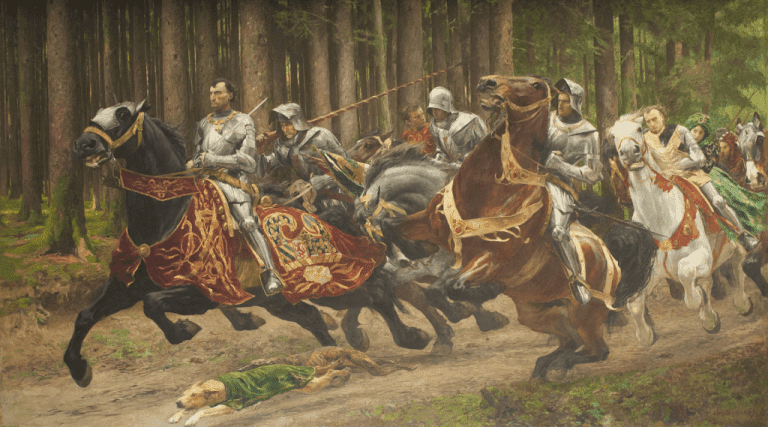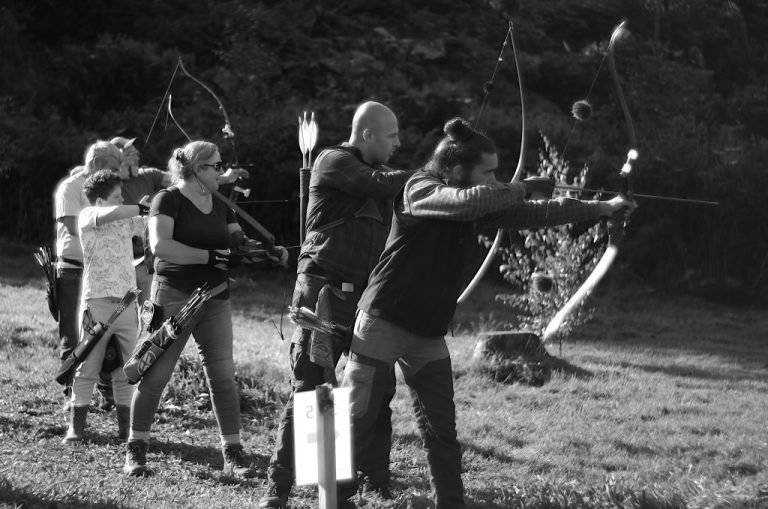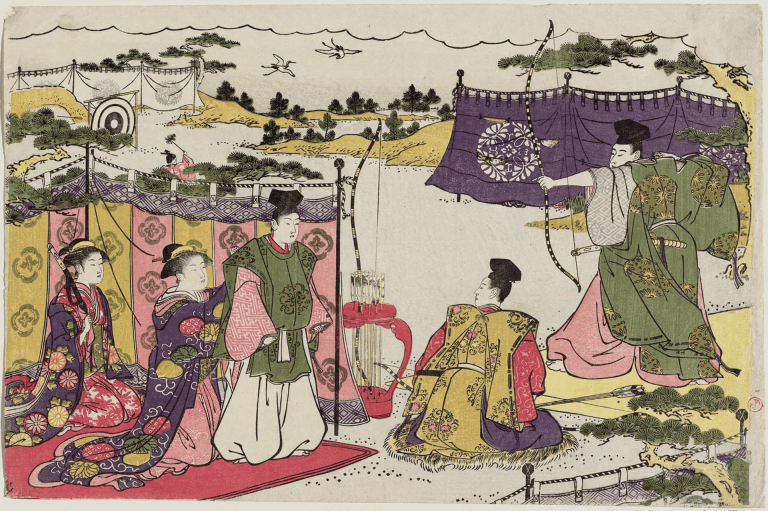
Memento mori opens the late-October syllabus, and dies irae, dies illa gathers vigil air into study. Samhain with All Souls sets a horizon where remembrance carries ethical weight under eschatological pressure. An archer approaches the line and receives a rite that carries the body from grounded orientation through mounting tension to a release that consents. A corridor runs from bow-hand to target and draws attention toward a future shaped for transfiguration. Practice within that corridor conducts grief-work through shaped repetition, while inquiry—psychological, sociological, and ritual—supplies a grammar already inscribed in the hands.
A psychology of memory frames the first movement through evidence the body refuses to ignore, since overwhelming experience settles as arousal signatures, postural guards, and reflex routes that tilt breath and stance long before counsel arrives. Language travels slowly across such ground, whereas coordinated sensation and movement build regulation through paced exhalation, receptive gaze, and timing woven into a single arc, so that the nervous system receives safety through contact, as argument trails behind.¹ On the range the soles agree with earth and the vestibular system accepts partnership; ribs rise to make a house for attention; the nock’s click returns as a syllable the mouth learned during kinder seasons; at anchor the skin greets string in a touch that signals permission; release arrives as consent the organism already rehearsed. Stephen Porges clarifies the physiology through a ventral vagal welcome that follows patterned breath, softened focus, and rhythmic muscular engagement, so that connection and meaning enter as neighbours rather than intruders.² A late-October club night—lanterns with a medieval glow, measured whistle calls, neighbours who keep a kind watch—sets an atmosphere of reliable cues, and grief yields agitation because cadence offers a more persuasive script.
Developmental thought deepens the vessel through a holding environment where reliable objects, timely gestures, and proportionate demands create room for play that heals.³ A well-kept range enacts that surround through steadied calls, constant distances, and equipment that meets the palm with known weight; coaching tones protect dignity while naming direction, such that repetition serves imagination and grants it room to move.. Growth announces itself through modest changes whose gravity the body recognises: shoulder blades learn a cleaner glide as the spine lengthens under air; pressure through the thenar web organises the riser so the forearm ceases to plead for rescue; anchor returns to the mouth’s corner with an earned friendliness. Under such care the wound learns play because agency returns through experiment while the frame sustains the experimenter. When a coach says, Lengthen through the ribs, the chest rises as if invited by the ground; when a coach says, Allow the sight to float, the eye accepts movement as a partner in accuracy; when a coach says, Invite the back to carry the draw, the arms enter covenant with the torso and hold it. A lexicon of competence settles in memory and rides home, where sleep confirms what the hands began.
Views: 13



